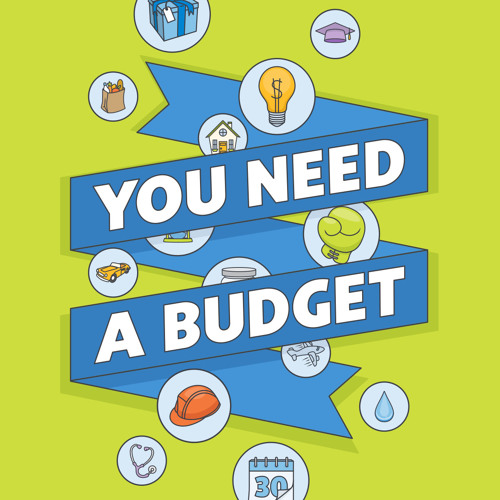
Keep it simple-There is no need to list your expenses in great detail-accounting for supplies and utilities should be sufficient, without breaking it down into paper clips and light bulbs. For this to happen, planning will need to start 3-6 months before the new fiscal year. Start Early-The budget should be approved at least 1-2 months prior to the start of the new fiscal year. The master budget-For organizations with several departments or work functions, the annual budget may be a master budget comprised of several separate but interconnected budgets. Personnel costs-Be sure to match the level of staff to the anticipated changes in revenues. The variable element is that portion of the cost influenced by changes in activity. The fixed element represents the minimum cost of supplying your good or service. For budgeting purposes, you may need to break semi-variable costs into two components. Semi-variable costs-Costs such as salaries, wages and telephone expenses, have both variable and fixed components. Estimate the variable costs by adjusting past expenses for the forecasted changes in activity. Variable Costs-Some costs, like utilities and supplies, are variable (they fluctuate with the level of activity). Find your fixed costs from the pertinent loan, lease or other documents. It’s crucial to estimate revenues as accurately as possible, based on past history.įixed Costs-Some costs, such as rent and loan payments, are fixed (they don’t fluctuate regardless of revenue). Revenues-Revenues are the cornerstone of a budget.

Use a spreadsheet-A spreadsheet (like Excel) is the easiest way to prepare a budget and it can be imported into QuickBooks when it’s finished.īudget monthly-You can make a budget using any time intervals (weekly, monthly, quarterly, annual), but it’s usual to create a monthly budget so you can compare the actual results to the budget each month. Review past history-You can export your Profit and Loss statements from QuickBooks to Excel to use as a starting point for the budget. If your organization is a new venture and has no past financial records, rely on your own experience and knowledge of the industry to estimate revenues and expenses. Revisit previous budgets-If you have created a budget in the past, use it as a model and adjust the numbers as needed.

Securing financing-A budget (and a business plan) will be needed for banks and other lenders to give you a loan.Ĭapital spending-A budget will help you understand whether or not you can afford to invest in new equipment or other assets. Revenue forecasting-A budget forces you to think through how you will bring in revenue and what it will cost to generate that revenue.Įxpense management-A budget requires you to itemize your expenses and understand your real cost of doing business, which helps you make sound choices on expenditures. Problems are far less costly to fix on paper than with actual dollars. Prevent problems-A budget allows you to forsee problems and alter your plans to prevent those problems. Monitor performance-A budget is a yardstick to measure how your organization is performing.Ĭash management-A budget helps you determine how much cash you will have, how you will use it, and whether you have enough cash to achieve your financial goals. It is organized in the same format as a financial statement and most commonly covers a 12-month period. What is a budget? A budget is a forecast of expected income and expenses. Although it seems like a lot of work, a budget is an indispensable tool for converting your plans into a successful reality.

Does your organization really need to prepare a budget? Yes, it does.


 0 kommentar(er)
0 kommentar(er)
